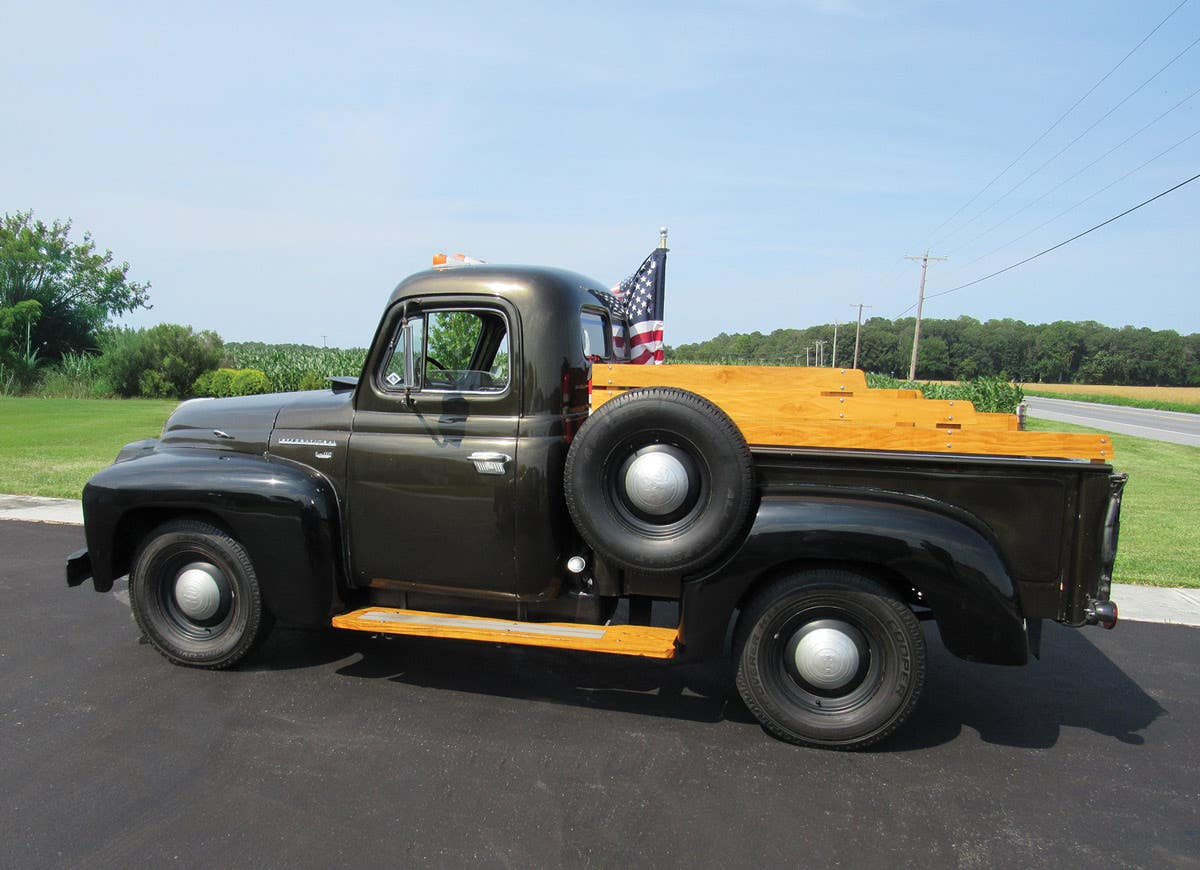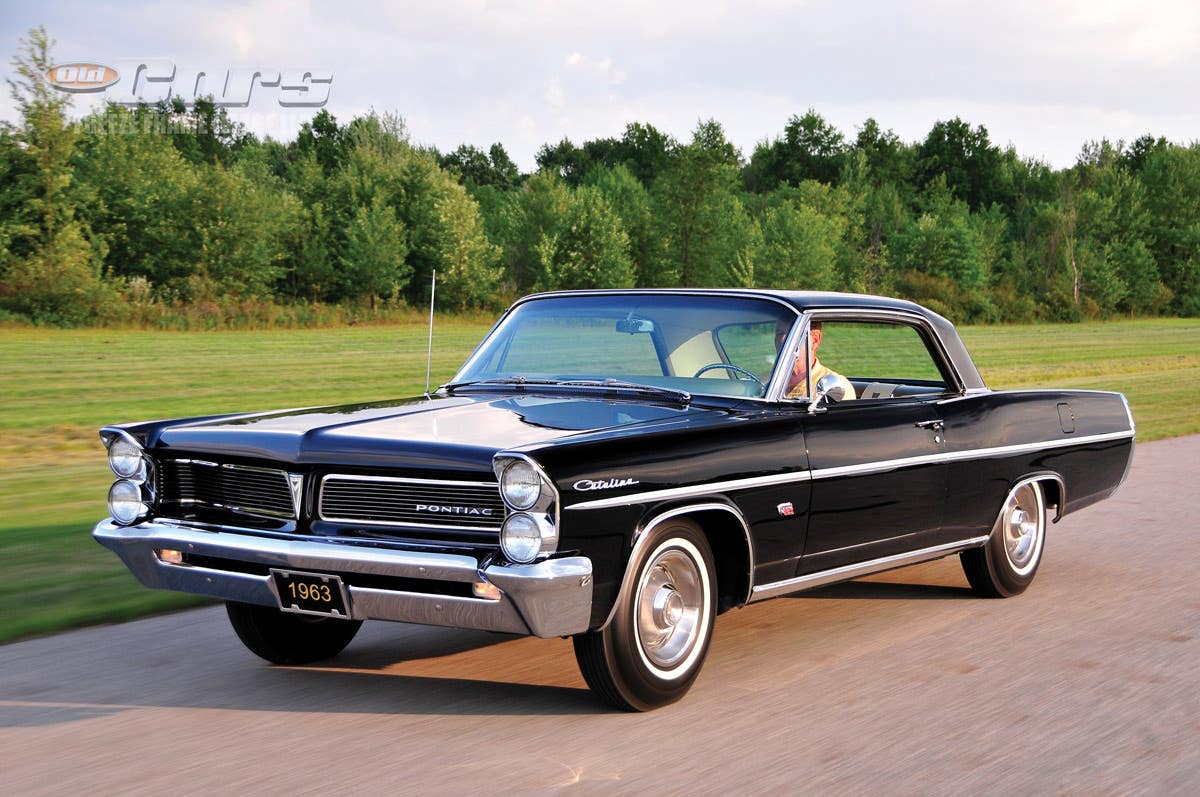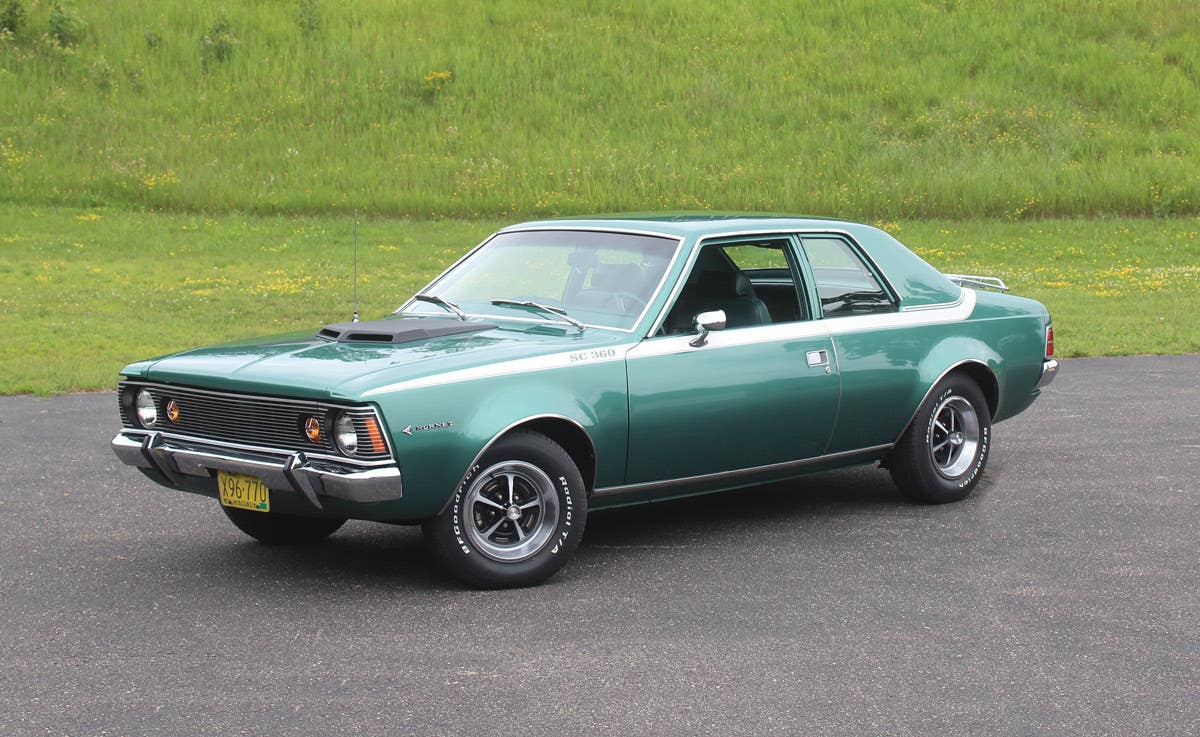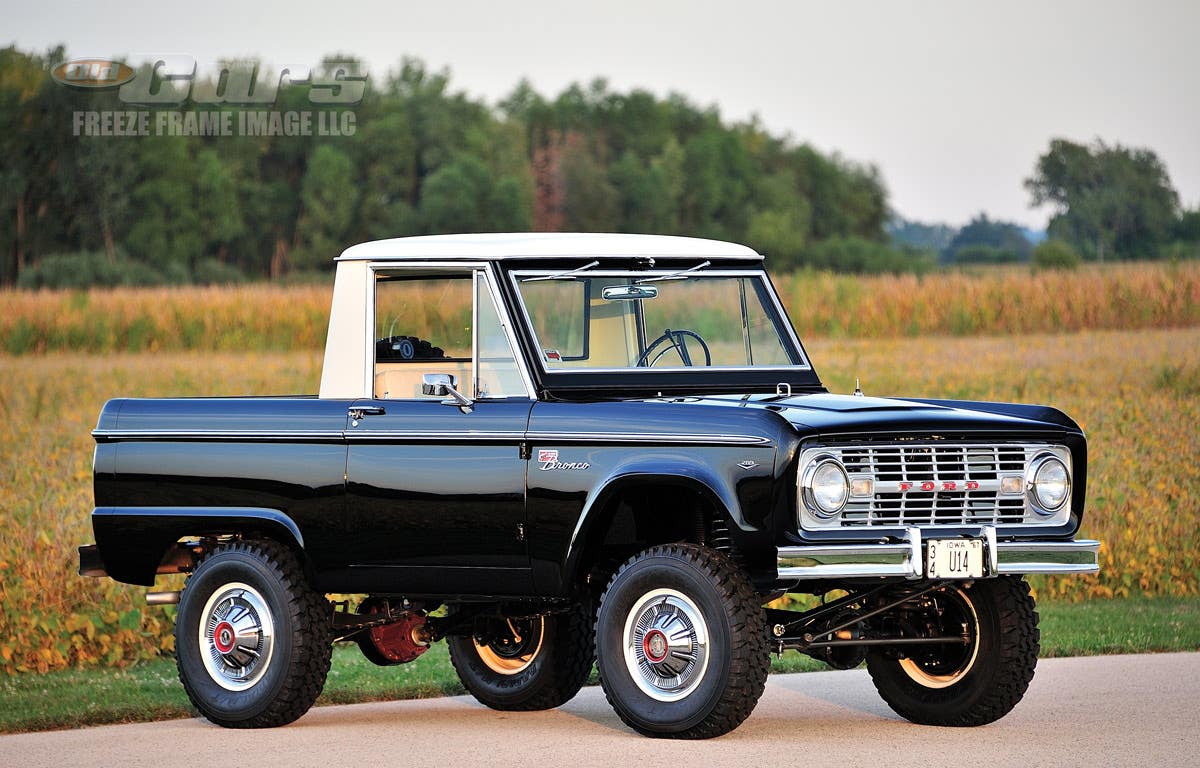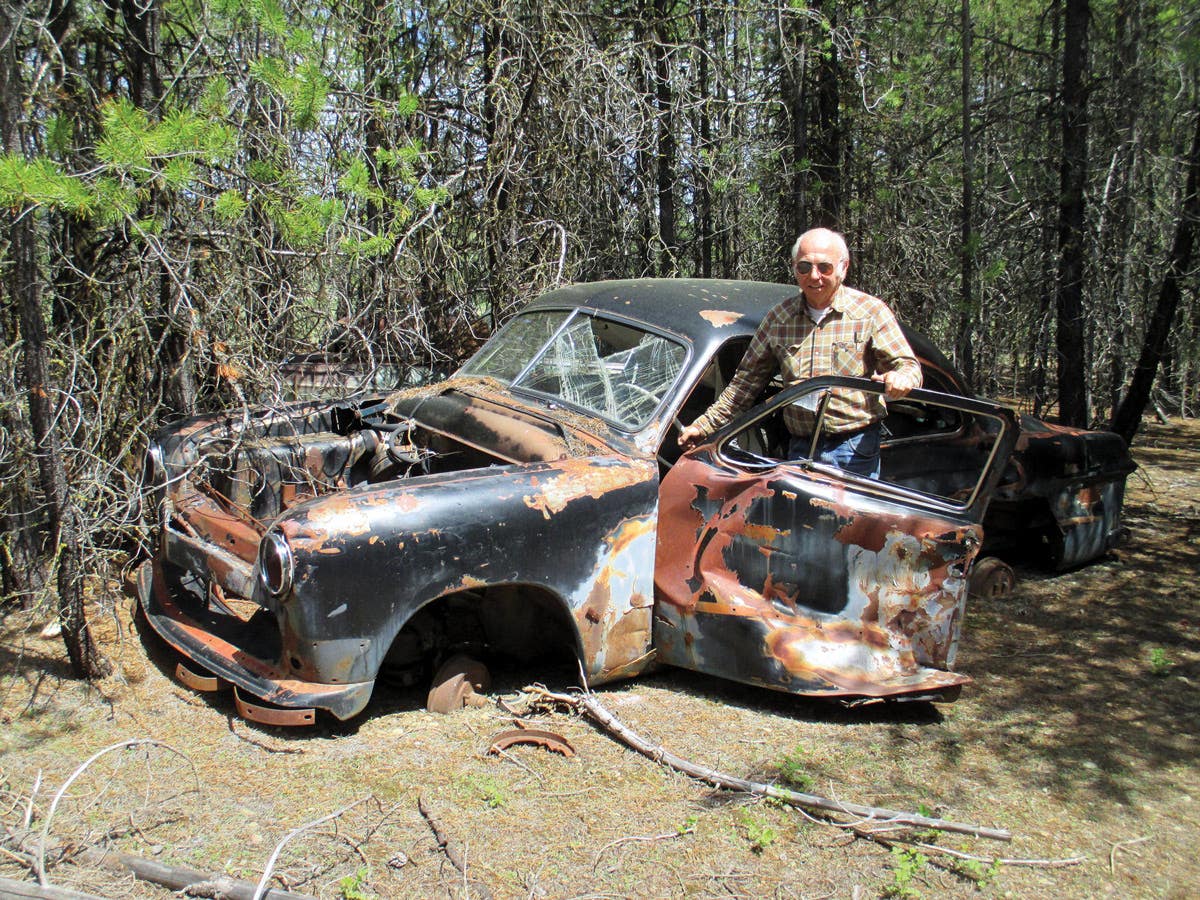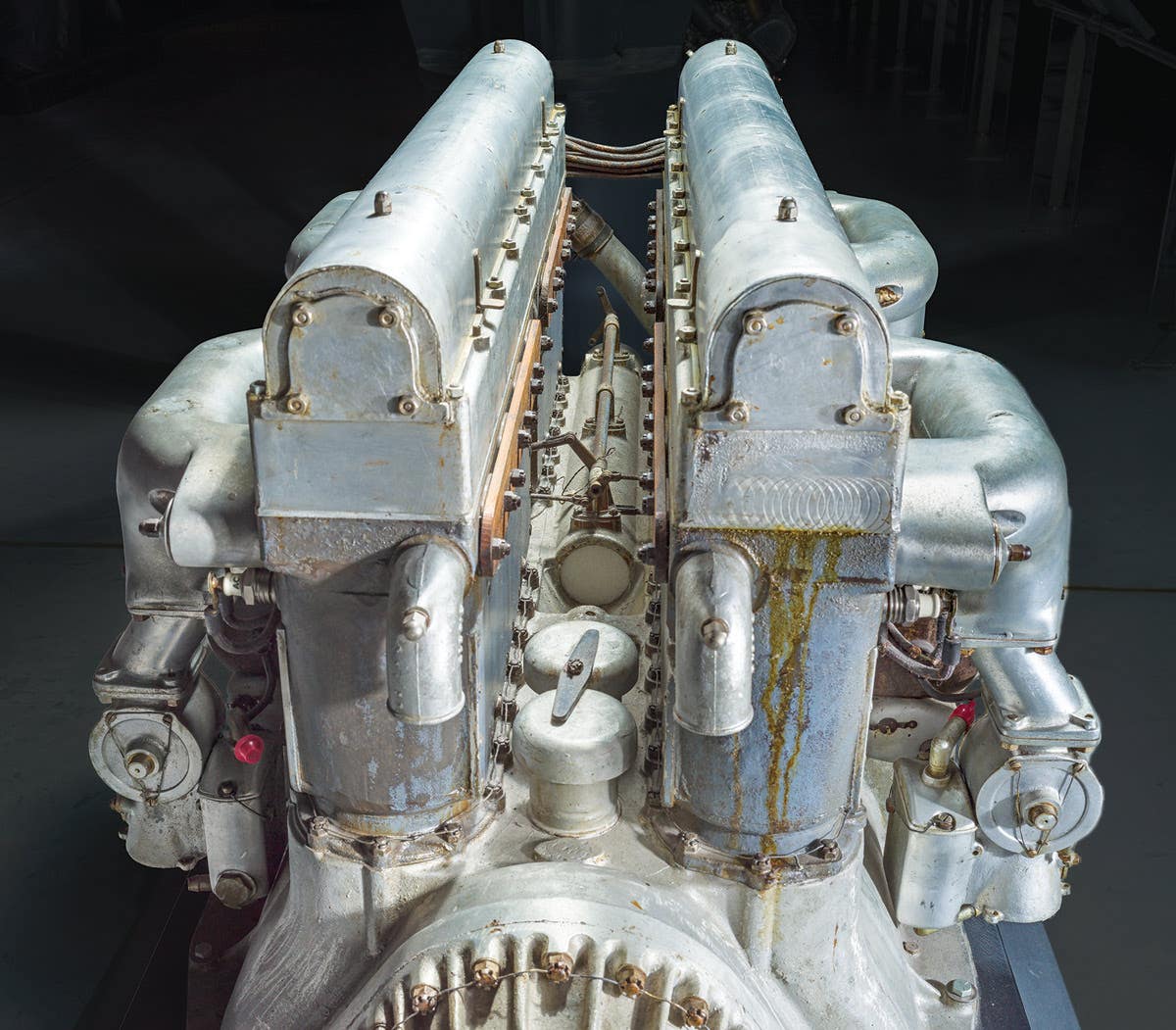The tiny Crosley Farm-O-Road was an ATV-sized buggy made between 1950-’52 and designed for a variety of on- and off-road uses. This restored example belongs to Dennis Delzer.
By Michael Petti
“It’s the most fun you can have with grandchildren,” said Dennis Delzer about his 1951 Crosley Farm-O-Road, a unique vehicle that could pass for a pint-size version of a World War II jeep.
The Farm-O-Road was a combination of a light tractor, a small pickup and a passenger vehicle. It was aimed at the farmer who could not afford a new car and tractor at the same time.
Crosley introduced the Farm-O-Road on July 20, 1950. In a dealer announcement, Powel Crosley, Jr. stated: “Here at last is the machine people have been longing for and wishing for as a tractor, a powerful workhorse for farming, plowing, cultivation, mowing, and so forth — a fast economical vehicle for road trips — a rugged truck for hauling and towing — a mobile power plant for sawing wood, spraying, etc., all combined in one lightweight, low-cost machine. That is the Crosley Farm-O-Road.”
Delzer’s Farm-O-Road boasts a fancy wooden bed that he says is perfect for hauling
grandkids. Back when they were introduced, the little Crosleys could be outfitted to
plow, cultivate, mow, rake, fertilize and perform a myriad of other farm duties.
Another Crosley promotional piece noted that the Farm-O-Road was a “Farm tractor with finger-touch hydraulic implement control — front and rear power take off, 6 gear speed forward and 2 reverse, industrial tug or tractor, pickup or dump box, 2 person to 5 person road car: from $795 fob Marion, Ind.”
More than 55 years ago, Delzer learned how drive a Farm-O-Road after his father bought him one. It was a used vehicle at the time — the Farm-O-Road was only manufactured between 1950 and 1952.
Given its size, the Farm-O-Road looks as if it’s geared for children. The Farm-O-Road was 91.5 inches long at a time when compact cars such as the 1951 Henry J and Nash Rambler had 100-inch wheelbases. As small as those cars were, their wheelbases were at least 8 inches longer than the overall length of the Farm-O-Road! The wheelbase of the Farm-O-Road was a mere 63 inches while its base weight was 1,075 lbs.
A piece of plywood serves as a no-frills isntrument panel.
Positraction rear axles had not yet been developed in the early 1950s. To prevent the little 12-inch dual rear wheels from spinning on one side when the Farm-O-Road was pulling a farm implement, the driver could use the emergency brake to lock up the spinning side by moving the brake handle to the right or left. This would engage that brake shoe for each side.
On the center-mounted instrument panel, the round speedometer indicated an optimistic top speed of 70 mph. The Farm-O-Road had a standard Crosley 44-cid single-overhead-cam four-cylinder generating 26.5 hp. The rear-end ratio was a low 5.38:1, so the top speed was probably closer to 40 mph. Another round gauge contained information about the amps, oil, temperature and fuel levels.
Creature comforts were few. The seat cushion was built on a piece of plywood. Most Farm-O-Roads had only one windshield wiper, although a right wiper was optional. The wiper motor was exposed on the windshield frame and mounted upside-down in order to keep rain water out. The open utility body could have been ordered with an optional fabric top and side curtains for protection against rain or snow. Heaters and radios were not offered.
With a wheelbase of just 63 inches and a weight of 1,075 lbs., the Farm-0-Road
was no highway cruiser, but it was street-legal.
The Farm-O-Road could be optioned with a variety of equipment. The pickup box could be ordered with a hydraulic dumping mechanism. Front and rear power take-offs were available with attachments, such as a moldboard plow, snow plow, disc harrow, rolling coulter, cultivator, reel-type mower, sickle-bar mower, hay rake, row crop seeders, fertilizer unit, row guide and governor. Crosley even offered steam-bent wooden front snow skis! They could be strapped to the front tires to convert the Farm-O-Road to a snowmobile.
Crosley had become wealthy selling inexpensive radios in the 1920s, and hit it big all over again in the 1930s with refrigerators that had shelves in the doors. Like his radio, Crosley felt his cars, trucks and jeeps should come at a minimal cost. He made bare-bones pint-size vehicles between 1939 and ’42 and after the war between 1946 and 1952.
Early-postwar Crosleys had innovative features, but unfortunately, they also had gremlins. The copper-and-steel engine warped and leaked coolant. This was corrected using cast-iron blocks. The disc brakes deteriorated when exposed to salt for melting snow, and perhaps this is why the Farm-O-Road had drum brakes. Lack of consumer confidence, a buyer’s market and a public not ready for micro-vehicles proved fatal for Crosley.
Farm-O-Roads had few creature comforts. Radios and heaters were not available,
but you could order a fabric top.
Under the hood is a 44-cid, 26.5-hp four-cylinder mill.
When Delzer bought his current Farm-O-Road, it had already been over-restored in 1994. It remains very well detailed with a significant amount of stainless and chrome trim. The original color was also replaced with Viking Purple. It all adds up to a little show-stopper.
Although this Farm-O-Road has enough chrome to be noticed a mile away, it is no trailer queen. Delzer takes it out whenever his grandchildren visit. Then, the six-wheel “micro jeep” takes them for fun runs all over the North Dakota prairies.
- Classic car price guides, research, books, back issues of Old Cars Weekly & more
- Get expert restoration advice for your classic car
- Get car pricing, data and history all in one place
- Sign up for Old Cars Weekly's FREE email newsletter
- Need to buy or sell your classic car? Looking for parts or memorabilia? Search our huge online classified marketplace
More Resources for Car Collectors:



